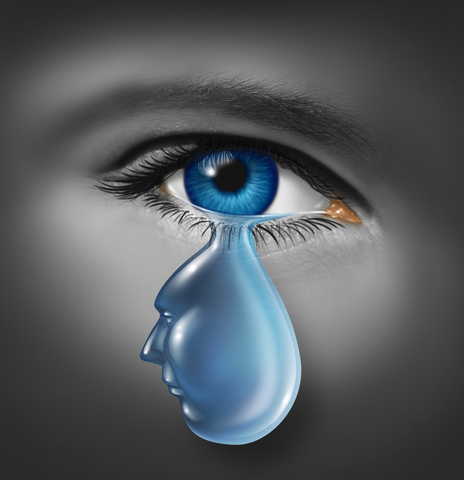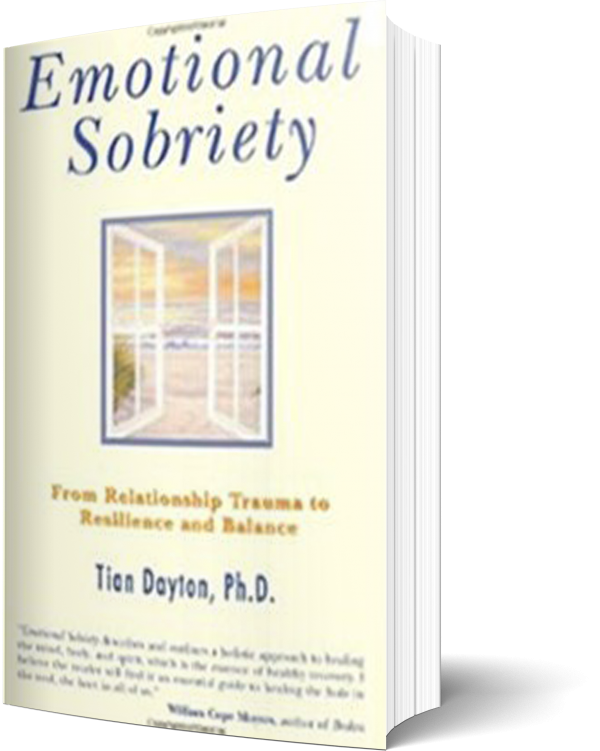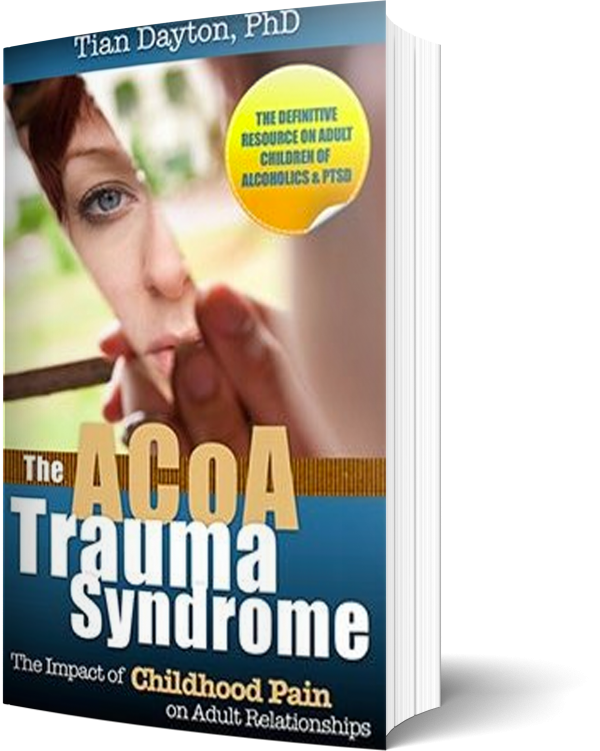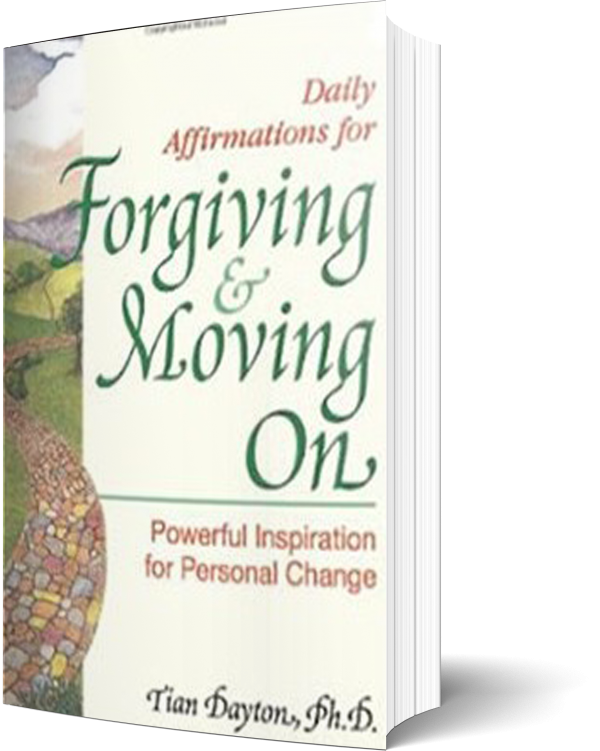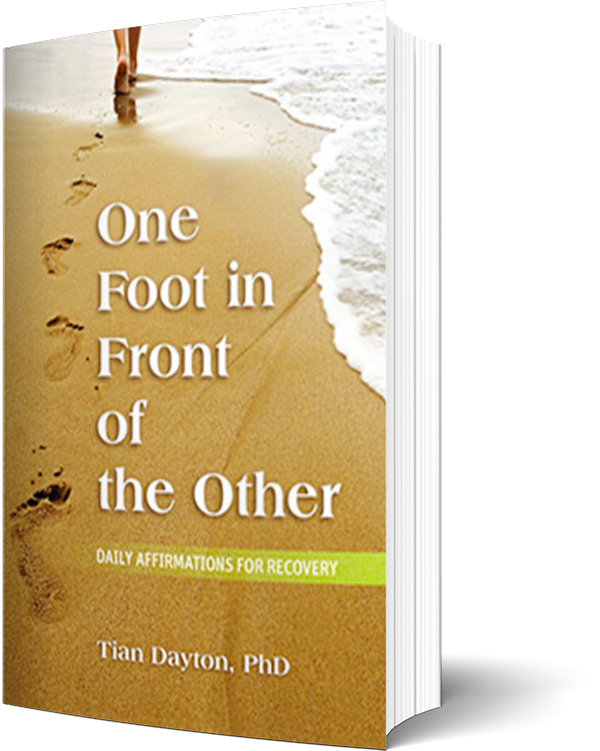Grief is a life issue that strikes at the very heart of being human, while we live in a body, pair bond and procreate we will love and we will lose. The effect of loss can be shocking and dis-equilibrating and it needs a process of mourning or grieving to come to terms with. When loss is not accompanied with some sort of process that allows us to both feel and express our feelings of despair, vulnerability, disorientation and perhaps even relief, those emotions can go underground. But out of sight is not out of mind, they will come back to haunt us if we do not somehow find a way to accommodate and accept the loss that has taken place.
Rituals that address loss have long been built into the religions of the world. Whether a wailing wall, windows covered in black, ripped clothing, or overt crying and beating of the breast, the need to grieve is a recognized and encouraged phenomenon. Numerous religions involve rituals that are designed to trigger the grief process and eventually to mark it’s ending. Wearing black or a mourning arm band are ways of signaling the world that life is different and that the person who has experienced a loss needs special consideration for a period of time. But in our mobile, modern culture where physical distance is often a part of families and communities, and formal religion is less the center of people’s lives, we need to find alternative ways to acknowledge and process life changes and losses.
Grief has most often been associated with losses to death. But there are many kinds of losses, particularly as our life span has lengthened by more than three decades over the last century, that occur as part of a long life. In this series of articles on grief we’ll explore varieties of loss and their impact on the psyche and on our lives, including the particular types of losses that follow in the wake of addiction and dysfunction. We will also look at ways of handling loss, whether to death or disruption that mankind has developed intuitively over time and more recently through research.
Disenfranchised Loss
Some life losses do not get fully recognized and when this happens they become what is referred to in the grief vernacular as “disenfranchised”. Unlike a loss to death there is no funeral to acknowledge and honor the loss, no grave to visit, no covered dishes dropped at the door nor sitting in the company of fellow mourners and supporting each other through the tears. These losses live in unmarked graves within people and family systems who often avoid discussing them. The pain becomes covert rather than overt that is, unexamined feelings surrounding the loss may still affect us, but we may not be aware of the way in which they are impacting our lives and relationships. Some examples of disenfranchised losses are:
· The effects of divorce, on spouses, children and the family unit.
· Dysfunction in the home, loss of family life.
· Addiction, loss of periods of one’s life to using and abusing.
· Loss of the addictive substance or behavior.
· Loss of job, health, youth, children in the home, retirement, life transitions (if they trigger other losses or are overwhelming due to difficult circumstances they can be harder to handle).
The Stages of the Grieving Process
The stages that one can expect to pass through in the grieving process are laid out below. Loss here is defined as loss of a person, a part of the self, a period of life, or a situation/circumstance. I have adapted renowned psychiatrist John Bowlby’s stages and added a fifth stage that I have seen clients pass through when they can allow themselves to surrender to the process of grieving. Particularly when the grieving is of disenfranchised losses related to addiction, mental illness or dysfunction, clients can feel a new lease on life when they move through the stages of loss.
It is important to note that people’s feelings do not necessarily follow an exact course, but the stages offer an overall map of the emotional terrain covered during the process of grieving loss. The stages are:
Yearning and searching. A yearning for the lost object (person, situation) and searching for it in other people, places and things mark this stage; ghosting, or the sense of a continuing presence of the lost person or feeling as if you are seeing them, may be part of this stage. There is deep yearning for what was lost–be it a stage of life, a part of the self, or a person–followed by searching for a way to replace it.
Disruption, anger and despair. In this stage, we may experience anger, despair and disappointment that comes and goes and is overwhelming at times. Many losses that have anger and resentment involved with them, can get complicated at this point. Ambivalent feelings may persist such as longing for the lost person or situation vs relief at its absence, or rage surrounding the loss vs despair and sadness. Sometimes for example it’s easier to feel the anger associated with the loss rather than the sadness beneath it because the sadness feels demeaning, confusing or makes us remember all that never got a chance to be and this too can become confusing and disorienting.
Reorganization and integration. In this stage we can talk about the loss without fear of sinking into it and never coming out. We’re able to actually experience the emotions connected with the loss, translate them into words and elevate them to a conscious level and thus integrate it into the overall context of our lives and ourselves. We can become mindful about our own inner world, aware of our own process which strengthens our ‘inner wittness” or the part of us that can actually watch our own mind and emotions. This is a natural stage of acceptance and letting go.
Reinvestment, spiritual growth and renewed commitment to life. In this stage, we come to believe in life’s intrinsic ability to repair and rebuild itself. We’re able to reinvest in life and relationships and to feel reasonably good about our future.
Though these stages appear in order, they do not necessarily occur in order, nor should they. We may find ourselves cycling through these stages over and over again, hovering between stages and even zig-zagging among them or skipping over some in favor of others. Whatever our process is, it will not generally look or feel tidy, in fact it is in entering what feels disorganized and messy that we may most fully plumb the depths of our own grief and emerge perhaps stronger and more confident of our ability to face what life deals us.
If we avoid or cannot move through some sort of grief/mourning process we may:
· Stay stuck in anger, pain and resentment.
· Get stuck in numbness, the first stage in the grief process, we may lose access to important parts of our inner, feeling world.
· Have trouble engaging in new relationships because we are constantly emotionally and psychologically “reliving”; we’re preoccupied with a person or situation no longer present, we have not, in other words processed the loss and moved through it.
· Project unfelt, unresolved grief onto other relationships or situations, placing unfelt and unacknowledged feelings of hurt, pain and/resentment where they do not belong.
· Lose personal history along with the un-mourned person or situation; a part of us dies, too.
· Carry deep fears of subsequent abandonment, betrayal or disillusionment.
Although mourning carries the scent of darkness and pain, it is also a time- honored path towards the light. The very vulnerability we feel along with the depth of emotion that is connected with mourning brings us in touch with our own and other’s humanity, it softens out hearts and opens our minds.
In our next article of this series we’ll look at complicated mourning or what happens when we are unable to pass through a process of natural and healthy grief.

